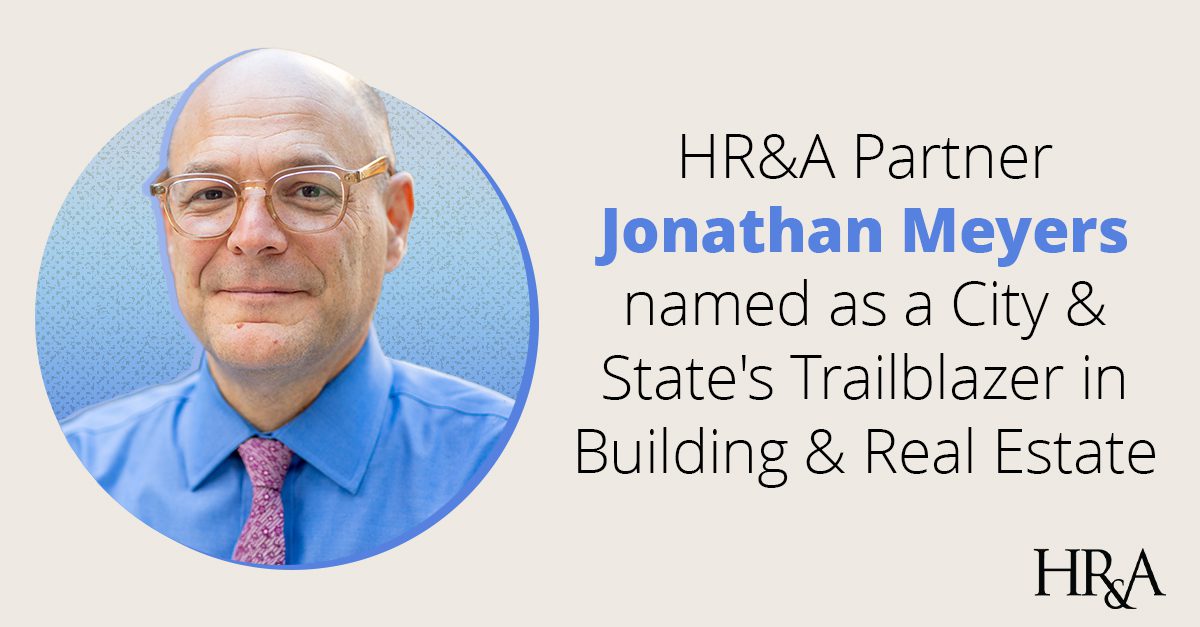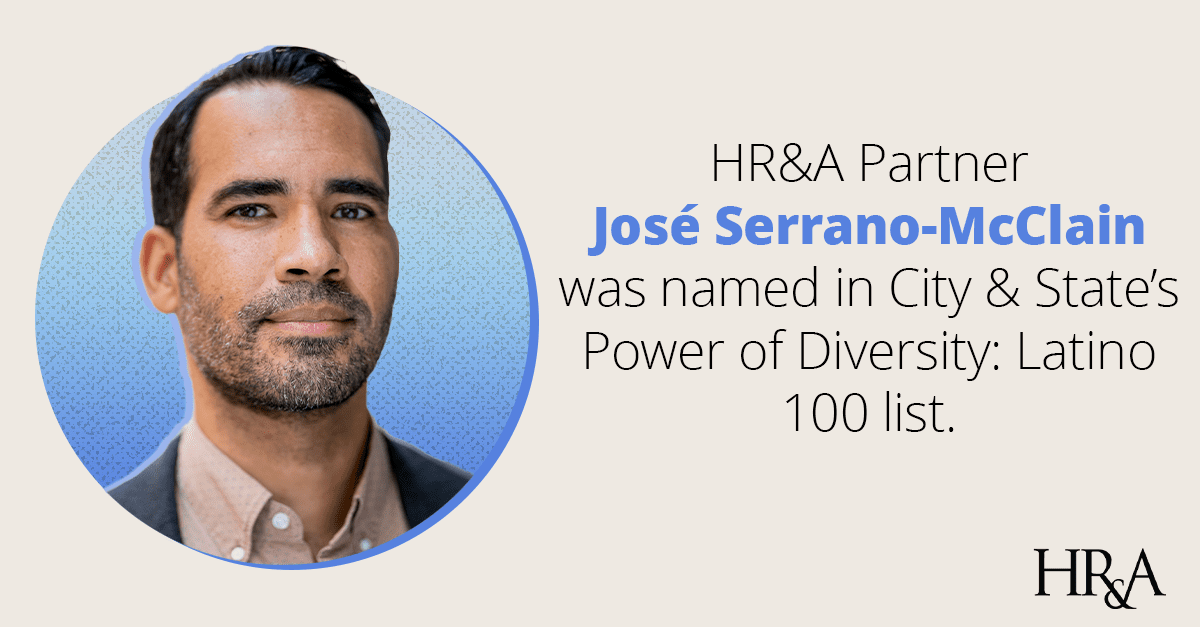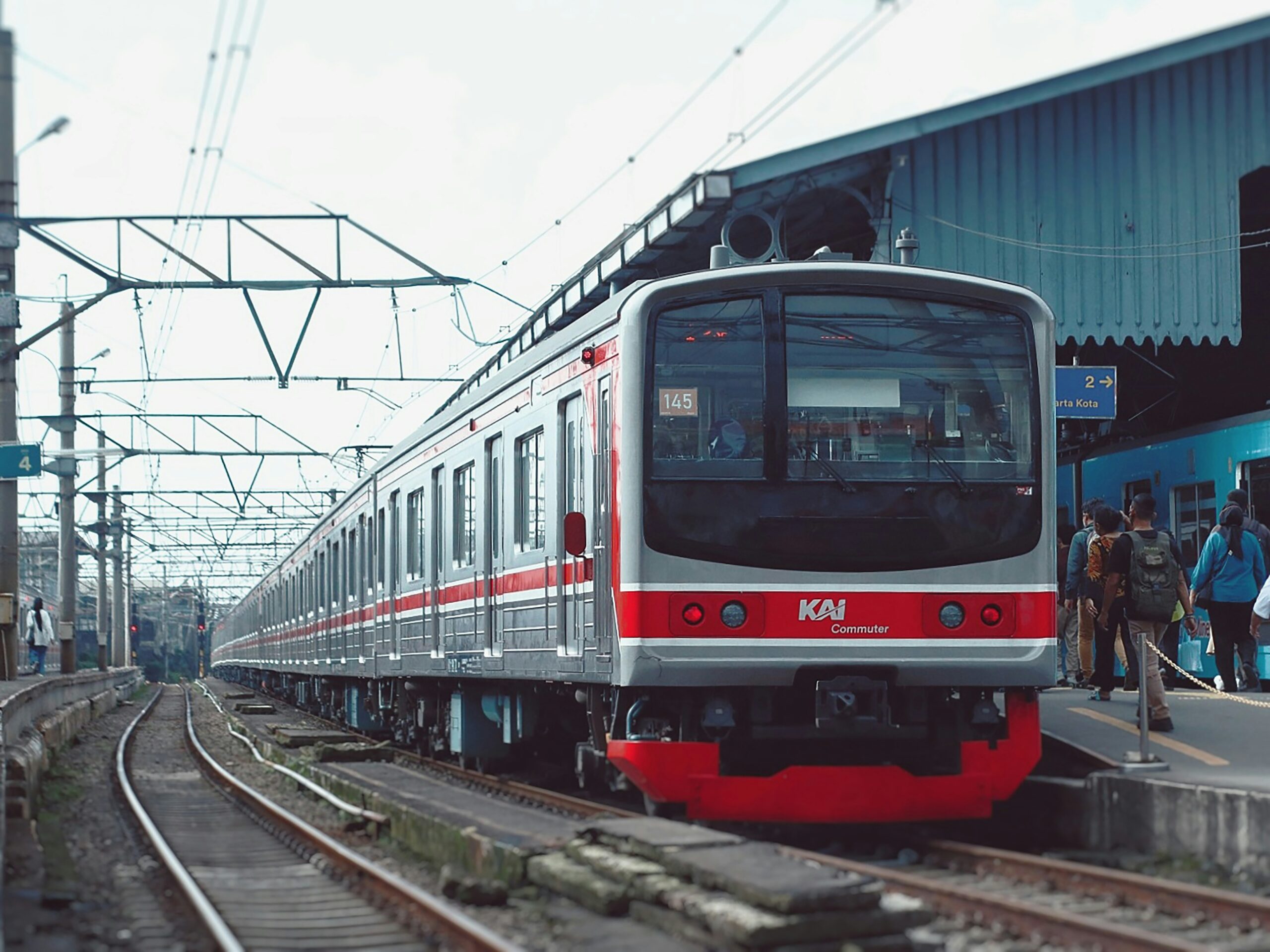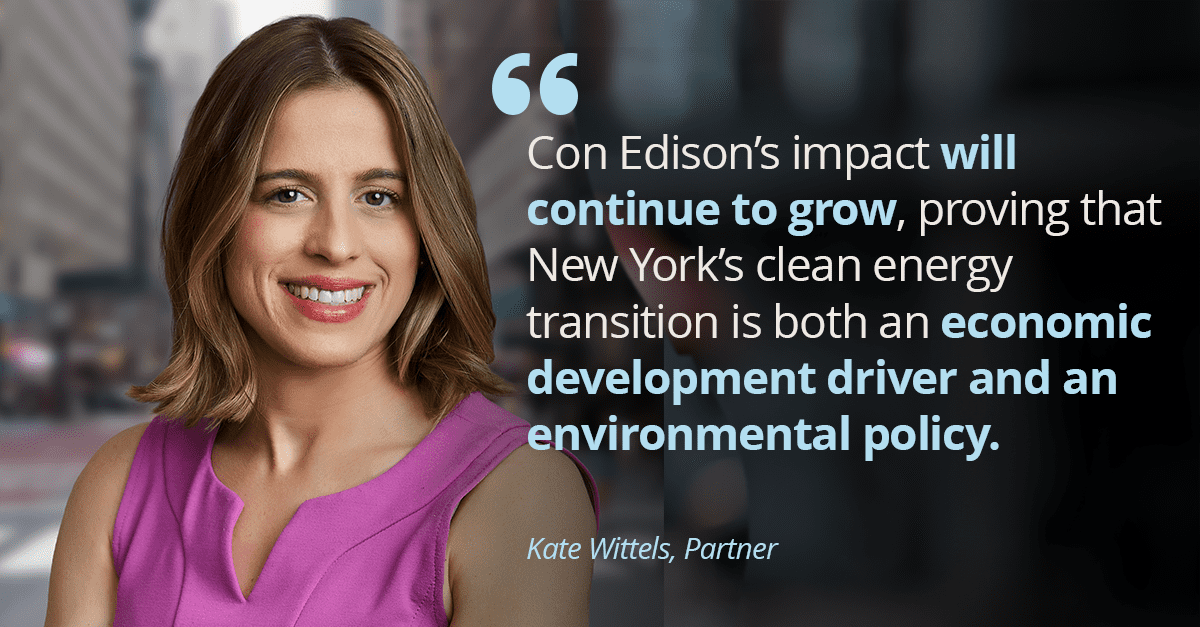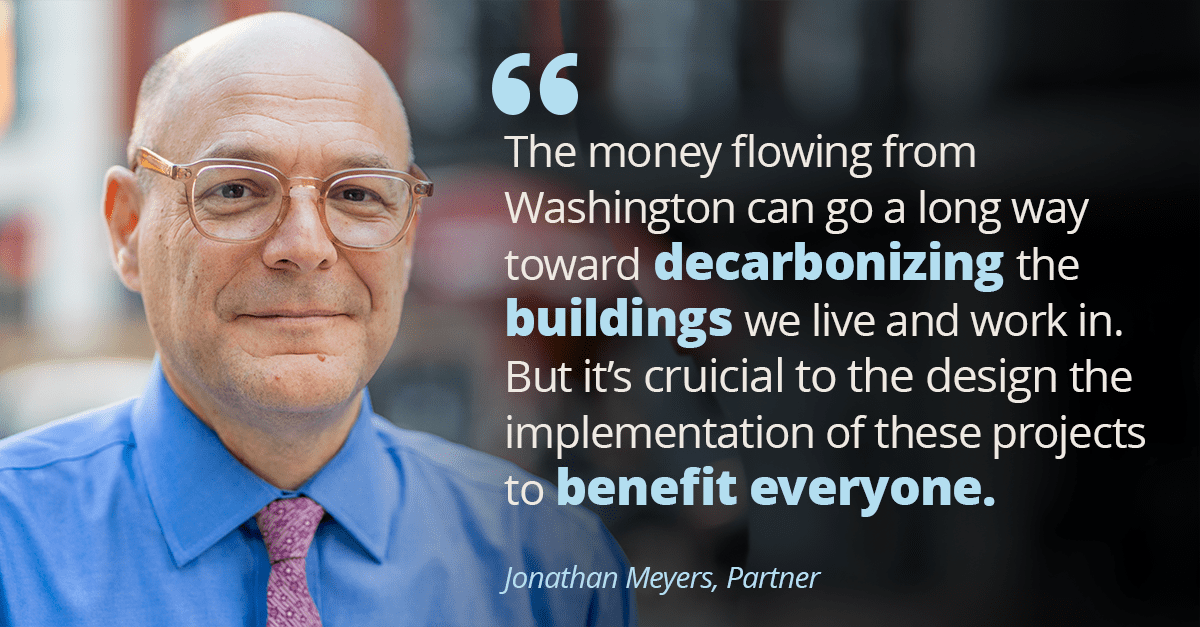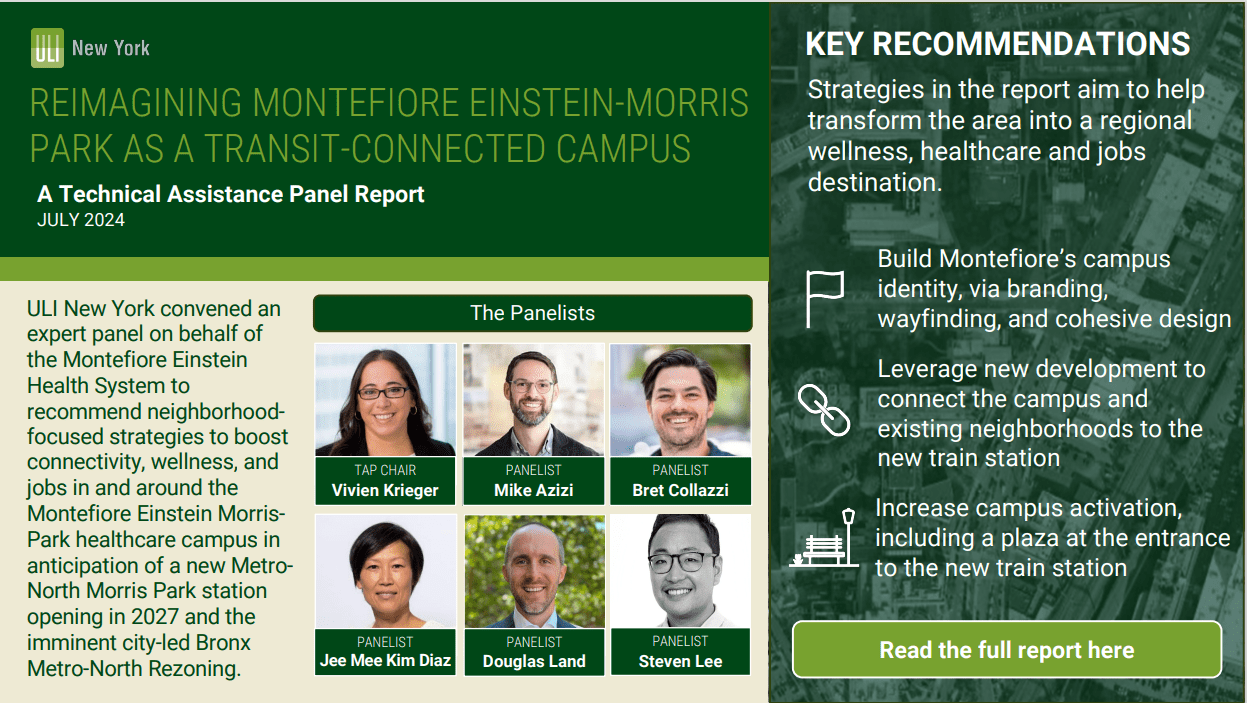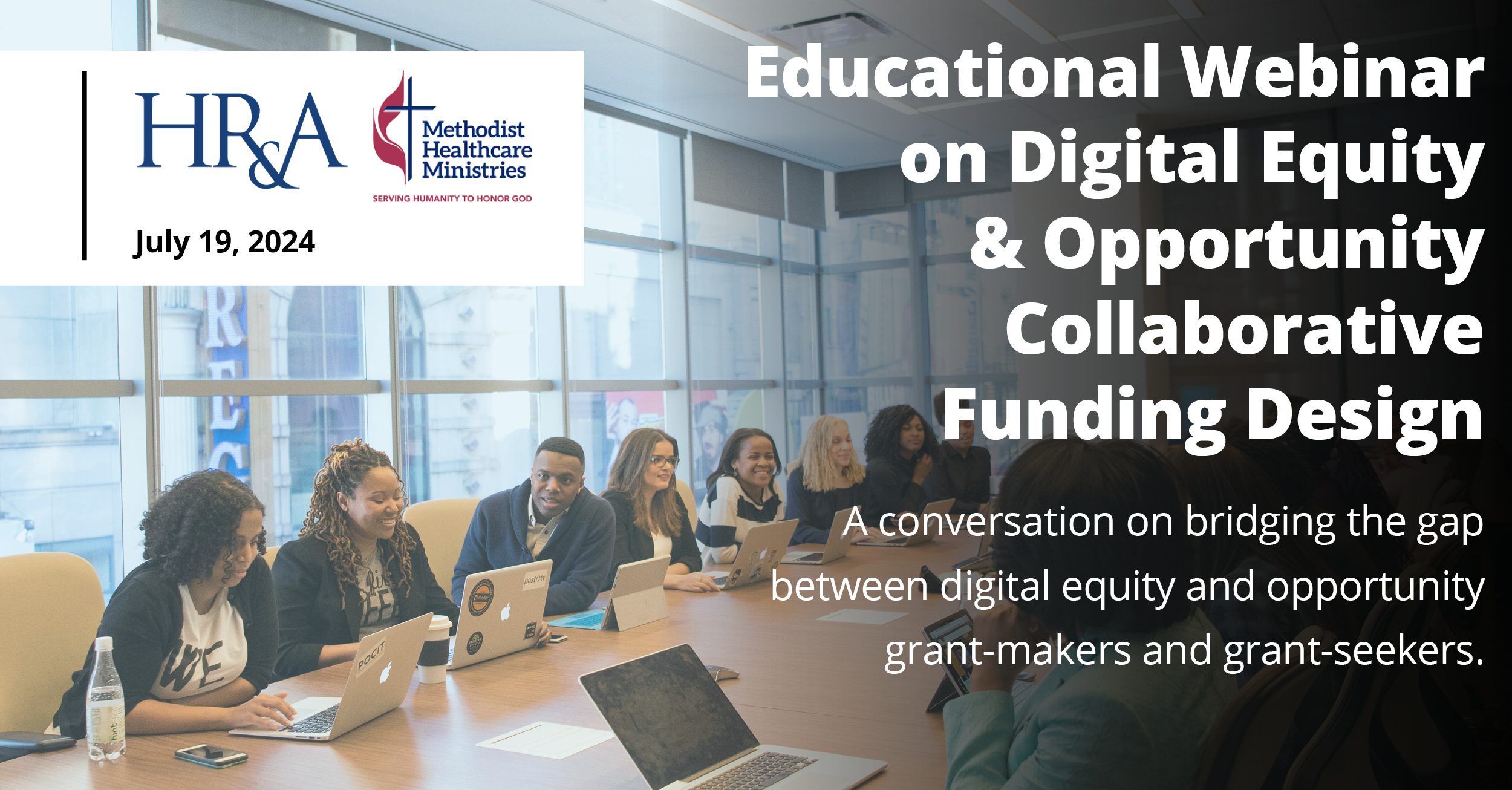This op-ed was originally issued by Governing.
The Bipartisan Infrastructure Law and the Inflation Reduction Act will collectively invest tens of billions of dollars in our infrastructure and buildings. While the spending generated by these two federal laws will improve transportation, broadband and air quality while creating new industries around the country, perhaps the most concrete change for many of us will be related to the carbon footprint of the places where we live, work and spend our leisure time.
Among the key facets of the Bipartisan Infrastructure Law is its funding for investments in a variety of clean energy and power projects, both at the nationwide grid infrastructure level and at the local level. The Inflation Reduction Act leverages those investments with both funding and incentives for decarbonizing technology like heat pumps, solar panels and electric vehicle charging stations.
States, regions, counties and cities have been submitting plans, funding applications and implementation road maps associated with a range of these federal funds, and the local efforts are already beginning to impact communities.
As with any challenge of this magnitude, the true measures of success will not be the passing of laws or approval of funding but rather the actual implementation of the effort and the resulting measurable improvements to carbon emissions and other key environmental factors. Crucially, these implementation efforts must take equity and justice into account, benefiting all Americans regardless of their income level or living situation.
While there are countless technical challenges associated with decarbonization of buildings, most of the technology is actually pretty straightforward. If you live in a single-family home, for example, a package of solar panels, heat pumps, induction cooking and electric hot-water heaters may be all that you need to decarbonize your dwelling. All of those products are available at commercial scale, are readily installable and have a well-established track record.
If you live or work in a large building in an area, such as New York state or Washington state, where the electric grid is moving toward carbon neutrality, an engineer can draw plans to electrify your building so that when the grid is carbon neutral, so is your building. Again, these plans are being implemented now, with existing contractors and commercially available products. While there is every expectation that products will get better, cheaper and more efficient, we do not need to invent our way into carbon-neutral buildings. We know how.
The challenges are money and policy. Therefore, there are questions of who gets access to those resources and who benefits from the sea change that these laws will bring. Nationally, we have a pretty good track record of creating environmental incentives for those with access to resources. If you own a single-family home and a garage, in many states existing solar and EV incentives can dramatically reduce your costs for these products — in some cases paying back your investment in full.
But if you do not own your home or have limited access to upfront capital, your ability to access these incentives is far more limited. Indeed, if you are a renter, your landlord’s installation of a heat pump is disruptive, is likely to increase your electric bill and may also increase the rent on the apartment if paired with other improvements in the building. As implementation plans are developed, they must take into account the fact that 50 percent of renters are already cost-burdened.
While it may be true that we do not need to invent solutions, that’s not the same as saying that solutions are easy. As states and local governments develop implementation plans, the focus needs to be less on the technology and much more on addressing the questions of how to create the incentives and policies necessary to make sure that the Inflation Reduction Act and Bipartisan Infrastructure Law funding are creating not just carbon-neutral buildings but a system that affirmatively addresses the environmental injustice built into the legacy system.
We need a system that addresses the needs of renters and low/moderate-income households and that leverages this unprecedented funding opportunity to create a sustainable approach to energy, focused as much on the people in the buildings as it is on the buildings themselves.
Jon Meyers is a partner at HR&A Advisors, where he advises public- and private-sector clients on the financing and implementation of complex real estate projects. He previously served as the chief operating officer of the Trust for Governors Island and was instrumental in creating an economic rationale for the reuse of the High Line in New York City.
